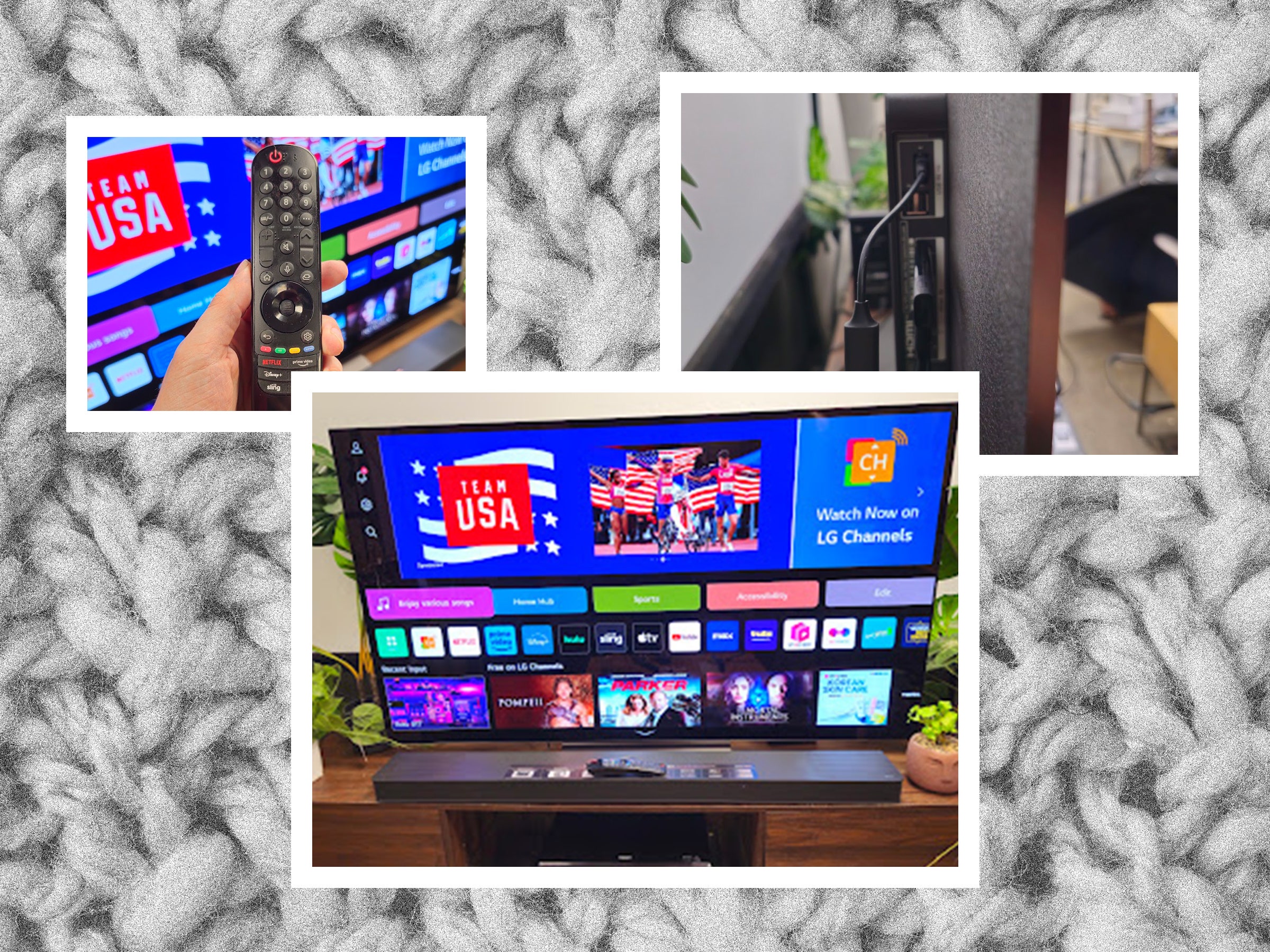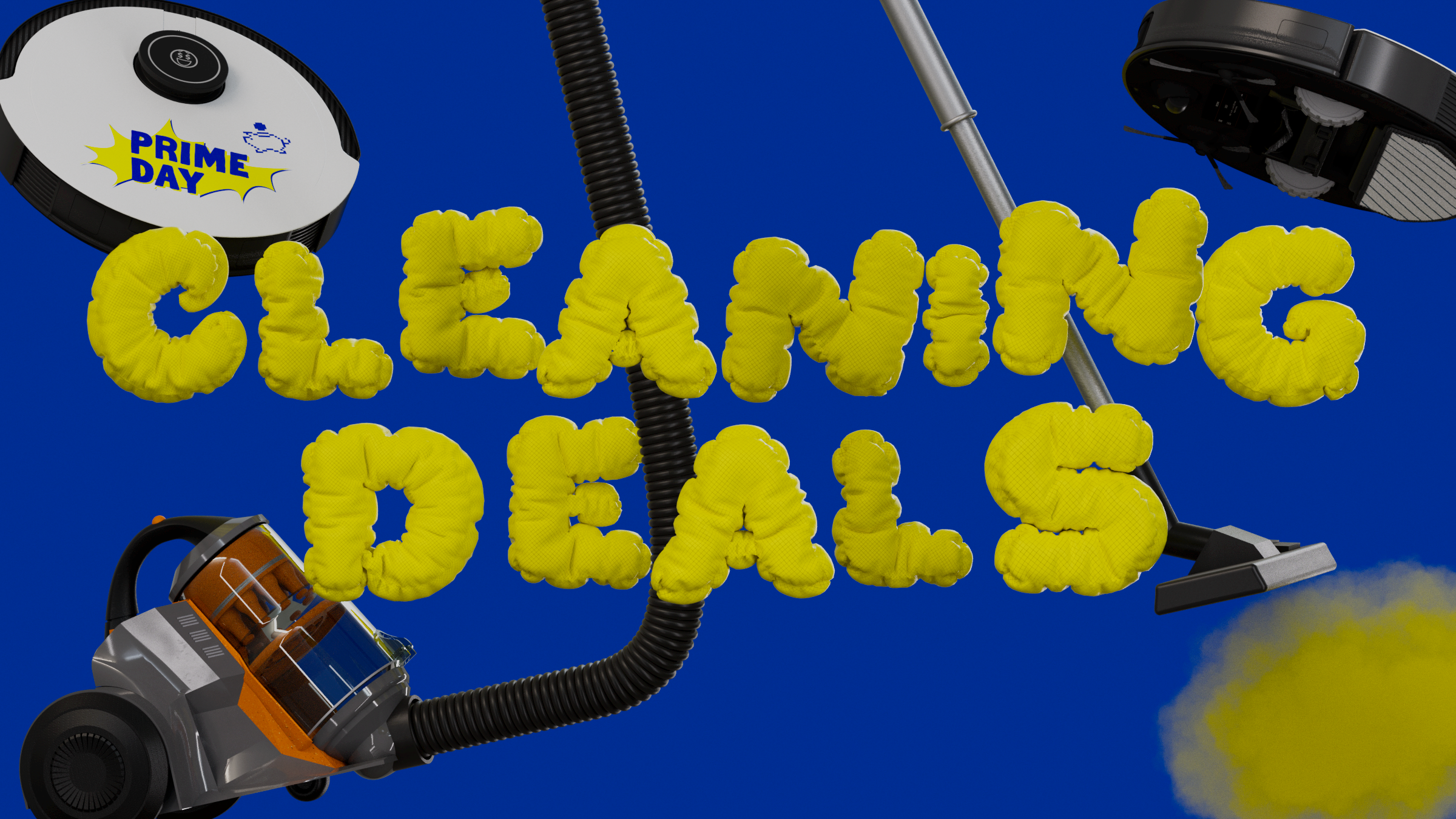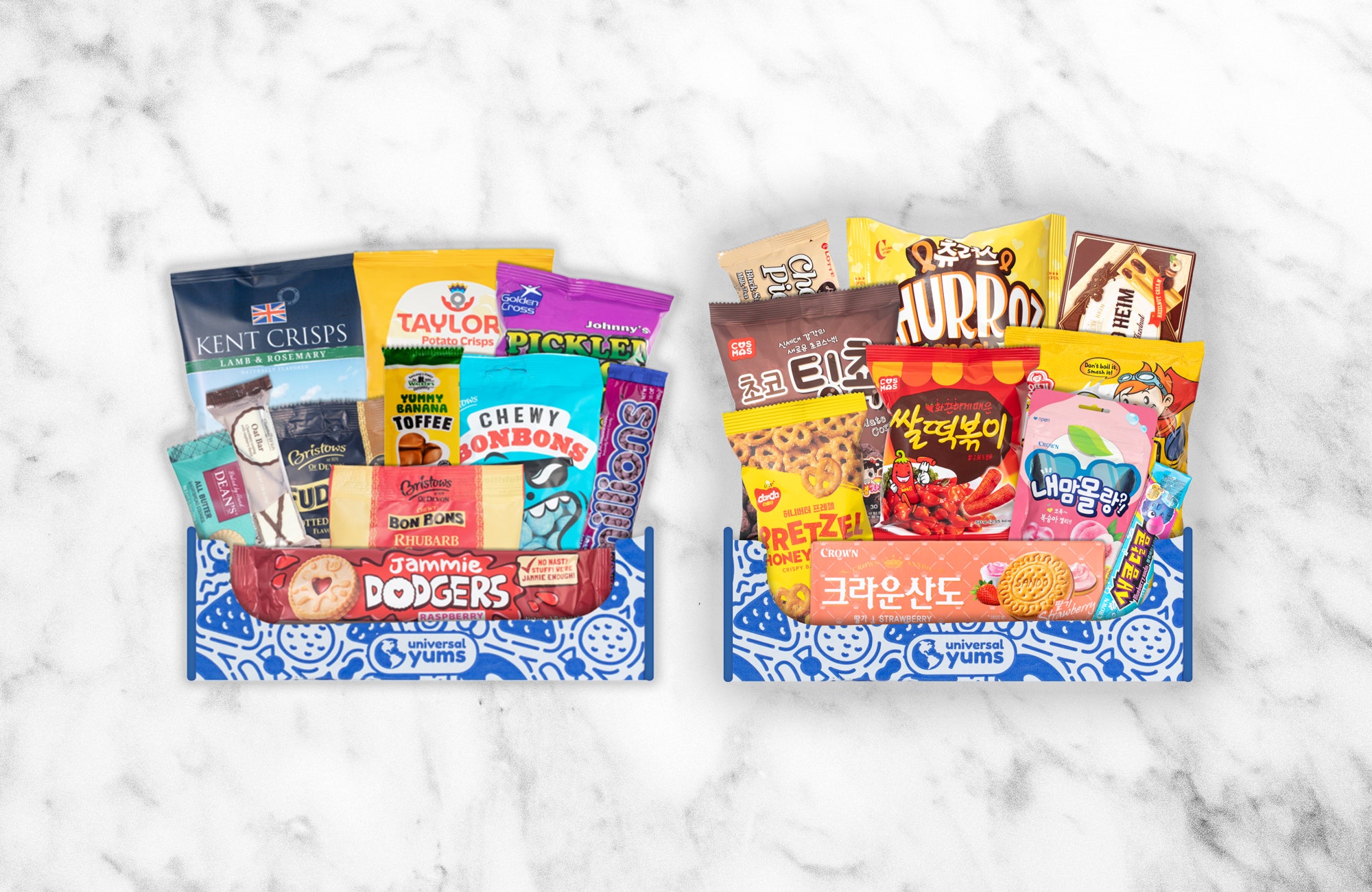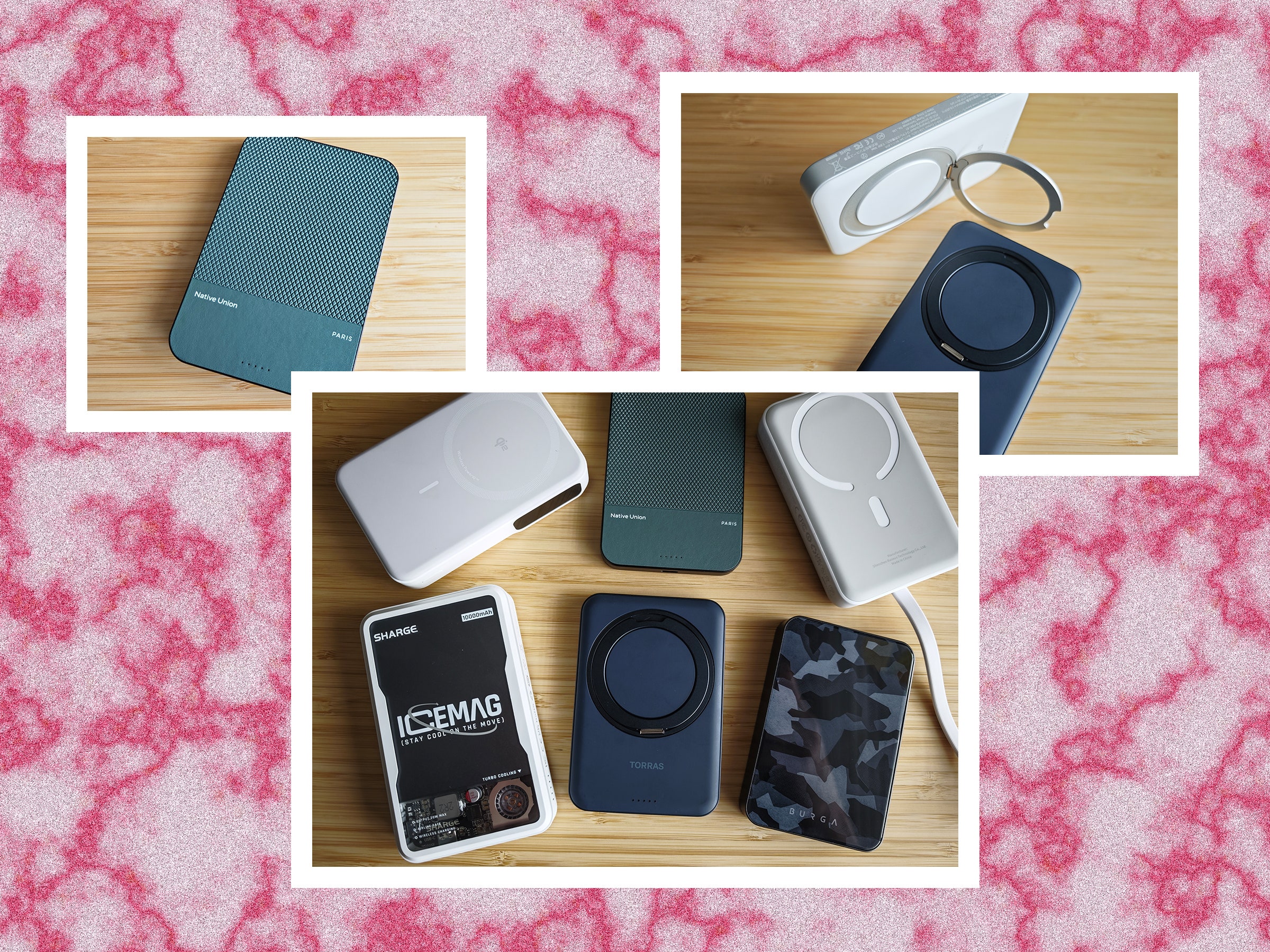So You Can 3D Print a Steak Now—but Why on Earth Would You?
Most of us don’t know how our food is made. We don’t know much about what our burger ate when it was part of a cow, where that cow lived, or how it died. Ditto for the wheat in our bread, or the leaves in our salad. The food system is mostly a black box to us.
This disconnection is why farm-to-table has been so successful—it seeks to reacquaint us with our food, and to consider the water, emissions, labor, and care that go into our meals.
Now, I’m all in favor of this, but there is one area where I wouldn’t mind hearing less about how our food is made: plant-based meats. I’m convinced we need plant-based alternatives to animal products, but I suspect alt-protein companies sometimes get a little too caught up in how these meats are made—Fiber-spinning! Air fermentation! Weird forms of extrusion!—and forget about the taste.
I get the focus on food nerdery. I am a WIRED journalist, after all. But when I hear the buzz of tech frenzy at food conferences I have just one question: Is it delicious?
This is why I was pretty nonplussed when someone offered to send me a bunch of 3D-printed meat from a company in Israel. Then again, I thought, plant-based meat has been in the doldrums recently. Maybe it did need a technological breakthrough to take it to the next level. Plus, 3D-printing a steak is kinda cool, and these testing kits were apparently “quite costly” and not available to the public yet. I asked the PR to send them over.
Plant-based meats need to be more than just buzz, says Arik Kaufman, CEO of Steakholder Foods, the Israeli company that sent me the 3D-printed meat. “You need to eat a product that is amazing,” he says. Stakeholder sent me a few different plant-based meats. There were 3D-printed whitefish filets, 3D-printed filet steak, and 3D-printed marbled steak. There were also burgers and fish kebabs, neither of which were 3D printed. In a clear sign that the future of food had arrived, the cuts were packaged in a medical freight box stuffed with dry ice that quickly filled my kitchen with fog.
Floppy Fish
The advantage of 3D-printing food is all about creating delicious structures, says Kaufman. His company has made two different printers: one that prints fish, and another that makes cuts of meat—both using a premixed blend of ingredients. The meat printer can produce around 500 kilos of plant-based meat an hour, with the fish printer coming in at 100 kilos an hour.
I cooked the whitefish filet as directed by the pamphlet inside the box: brushed with oil, then roasted for 10 minutes at 180 degrees Celsius (360 degrees Fahrenheit). The filet still looked a little pallid after 10 minutes, so I gave it a little longer until it had some color on top. I suspected searing the filet in a pan would have added a nicer crust, but feared it would not have the structural integrity to put up with that flipping. Then, as my filet disintegrated on the journey between baking tray and plate, my suspicions were confirmed. To the floppy filet I added a (vegan) lemon butter and caper sauce, sprinkled on some parsley, and served it with couscous.
Kaufman says that 3D printing the whitefish re-creates the flakey texture of a fish filet. That wasn’t my experience in eating it. When cooked, the fish had a thin outer layer that flaked away, but inside the filet had the texture of mousse, with just the slightest hint of fish flavor.
There was no resistance, no structure, no bite, just an undifferentiated mush. Later, I tried frying the fish in a nonstick pan, which yielded better results visually—I could see the structure at least—but not much improvement in terms of texture.
Measly Meat
Next up I tried a 3D-printed filet steak. I was sent two diminutive cuts, each weighing in at around 40 grams. Kauffman says that the combination of his 3D printers and the mixes of water, soy and pea protein, oil, and other ingredients used to print the steaks nets out as cost-competitive to other plant-based products. Although, the PR rep who sent me the steaks had said they were “quite costly,” which may explain the size. In any case, I fried them in a stainless steel pan until the thin steaks were browned on both sides, and served them with a chimichurri sauce, green beans, and potatoes.
Steakholder Foods’ own pic of its cooked 3D-printed steak, compared with WIRED’s. Bon appétit!
Courtesy of Steakholder Foods/Matt Reynolds
The steak fell apart in vertical strips that at least resembled the columns of muscle fiber you’d see in its animal counterpart. And the crust on the outside suggested that Steakholder had nailed the Maillard reaction that gives browned meat that delicious, umami-sweet flavor. But on the inside, the steak was dry and strangely lacking in taste—like it had been made by someone who had seen a picture of a filet steak, but never experienced the thrill of eating one.
These 3D-printed meats were technically food, I’ll give them that. The filet steak even had a texture that was passably meaty (at least for the initial bite), but they had all the joy of licking a catering catalog. There was little in the way of depth, savoriness, or surprise. At best they were a passable platform for something that might impart real pleasure, but they didn’t suggest to me that 3D printing was any kind of breakthrough for plant-based meat.
This is all the more frustrating because other plant-based meats—probably made with much more tedious production methods—really do excite me. For all the drubbing Beyond Meat gets in the press, its burgers are delicious: They’re packed with fatty indulgence and the umami heft of a great burger, and they stay juicy once cooked. Juicy Marbles’ great hunks of plant-based beef hold their own in a salt beef bagel. The rashers from British plant-based brand This look nothing like bacon, but they add pops of salty deliciousness to a carbonara, or—as I will be doing this Christmas—pan fried with chestnuts and brussels sprouts.
I could go on, but in all of these cases, it’s not that these plant-based meats precisely mimic whatever cut they’re aiming at, but that they are packed with flavor in their own right. The danger when companies reduce plant-based-meats down to purely technological challenges is that they forget that food must first delight us. Only then can we come to appreciate how it is made.
A Rising Tide
Some in the alternative-protein industry fear that bad experiences with mediocre plant-based meats are putting people off the category altogether. Kaufman says that the opposite might also be true. “When a company comes and changes everything, then I think it takes the whole industry up,” he says. “That’s what we are trying to do.”
When I speak with Kaufmann I tell him I’m just about to try his marbled steak, which he describes as his company’s flagship product. The steak has lines of 3D-printed fat dotted throughout, giving it a distinctly pixel art vibe.
Wary of my experience with the filet steak, I pan-fried this one on a lower heat and with more oil, flipping the steak every 10 to 20 seconds as directed in the Steakholder pamphlet. In the pan, the steak browned nicely and left behind delicious remnants that I incorporated into a red wine sauce. Although the 3D-printed fat is a nice touch, during cooking it melted away, leaving some disconcerting gaps in the steak—rendering the finished product much less juicy than it was in the pan.
Just as with the filet steak, this marbled cut was texturally intriguing but utterly lacking in flavor. Once I passed the browned exterior, it was little more than a neutral vehicle for the sauce—no amount of seasoning seemed to bring out anything much in the way of flavor or interest.
Both of these steaks were functional enough, if that’s all you’re looking for in food. Maybe Steakholder is finding its market. The company has just signed an agreement to provide non-3D-printed, plant-based meats to an Israeli company that supplies hotels and the military, Kaufman says.
Perhaps the most damning moment, however, came when I also tried one of Steakholder’s non-3D-printed burgers and found it far superior to the 3D-printed cuts I was sent. Technologically speaking, it was in the Stone Age, but flavor-wise, it was a renaissance.
Toward the end of our call I asked Kaufman whether—with the plant-based industry on the rocks—the window to persuade meat eaters to swap their animal-based grub was narrowing. “The beauty of creating commodities is that people will always need to eat,” Kaufman says. “People will love to eat amazing products. They don’t like to eat shitty products.” Indeed.




